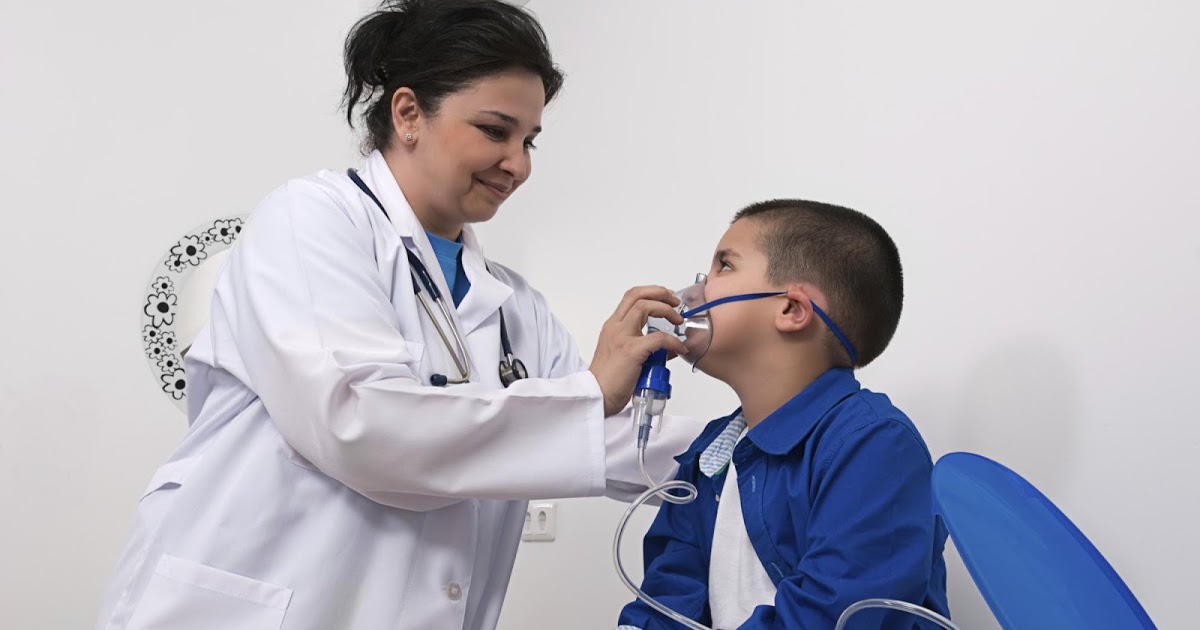Benefits Of Using A Pulse Oximeter
Assess Need For Supplemental Oxygen

Pulse oximetry readings can help doctors assess the need for supplemental oxygen in patients known to have or who are suspected of having a lung condition or other condition that may reduce the oxygen in the blood. A normal oxygen saturation reading with a pulse oximeter is between ninety-five and one hundred percent. Most doctors recommend starting supplemental oxygen if pulse oximeter readings are consistently at eighty-eight percent or lower. Supplemental oxygen is used at home and is covered by most insurance plans.
Patients most often receive oxygen through a nasal cannula (nasal prongs), and it can also be administered through an oxygen mask that covers the mouth and nose. Oxygen for home use is available in metal tanks or as liquid oxygen. Most patients who use supplemental oxygen do so overnight. Depending on their condition's severity, patients may also need to use it during the day. In homes where supplemental oxygen is present, patients should avoid open flames and flammable materials.
Get the details on the next benefit of using a pulse oximeter now.